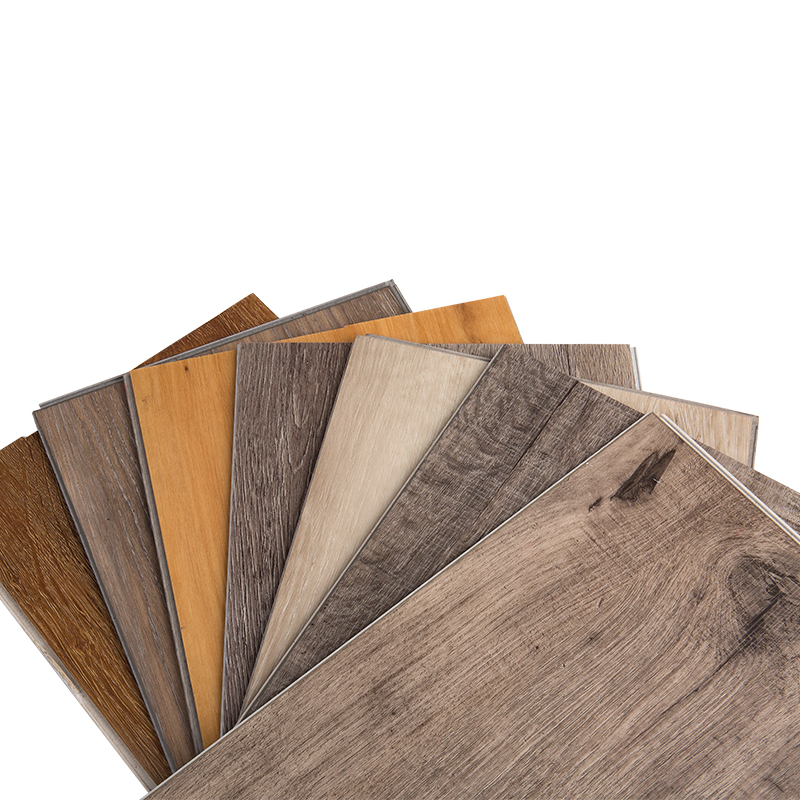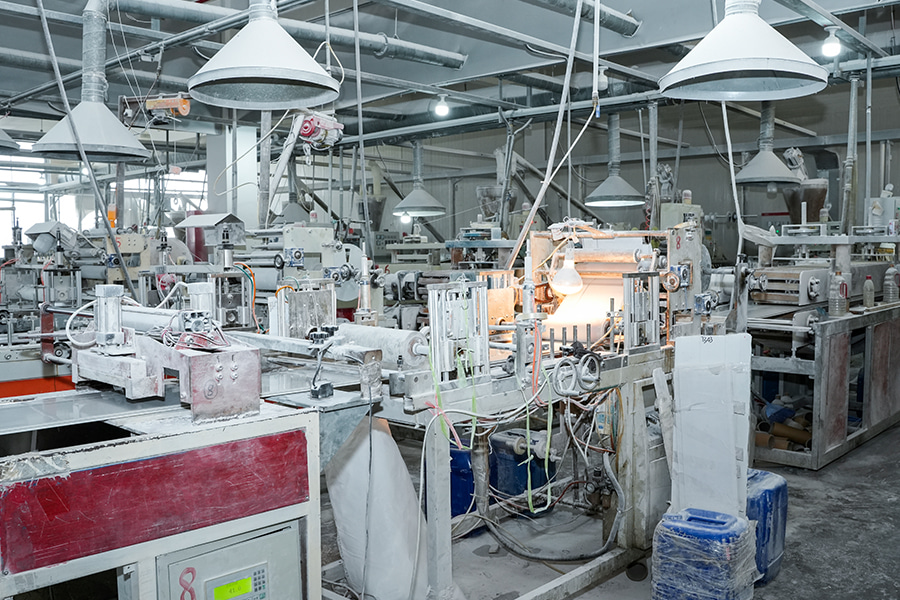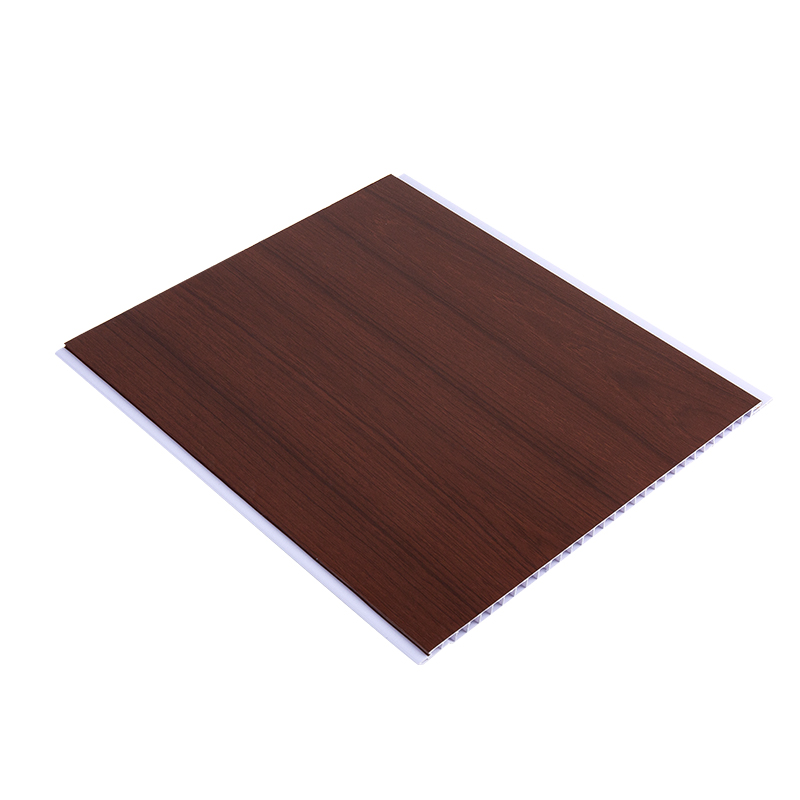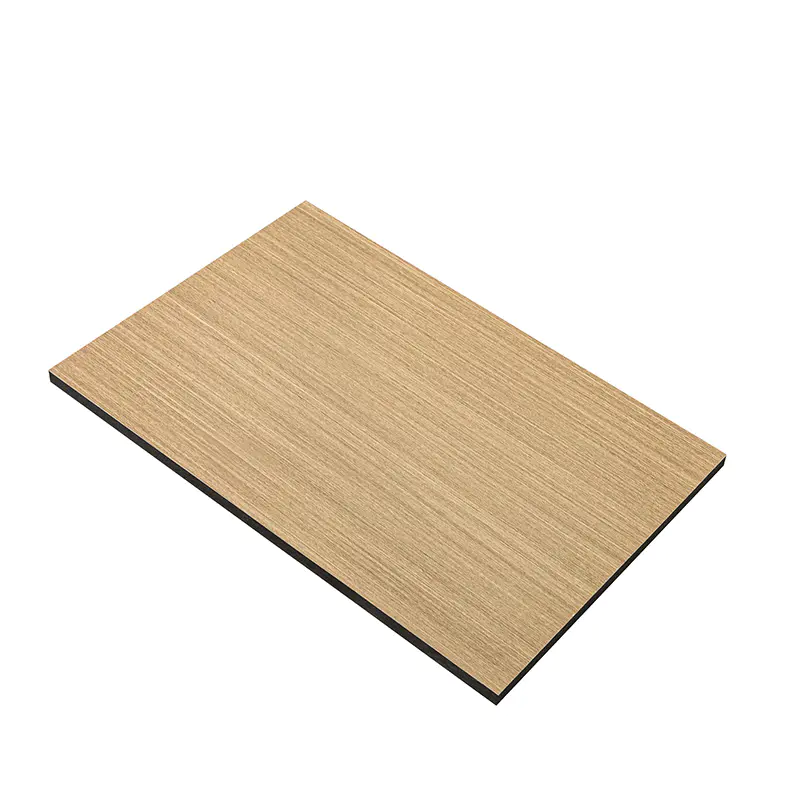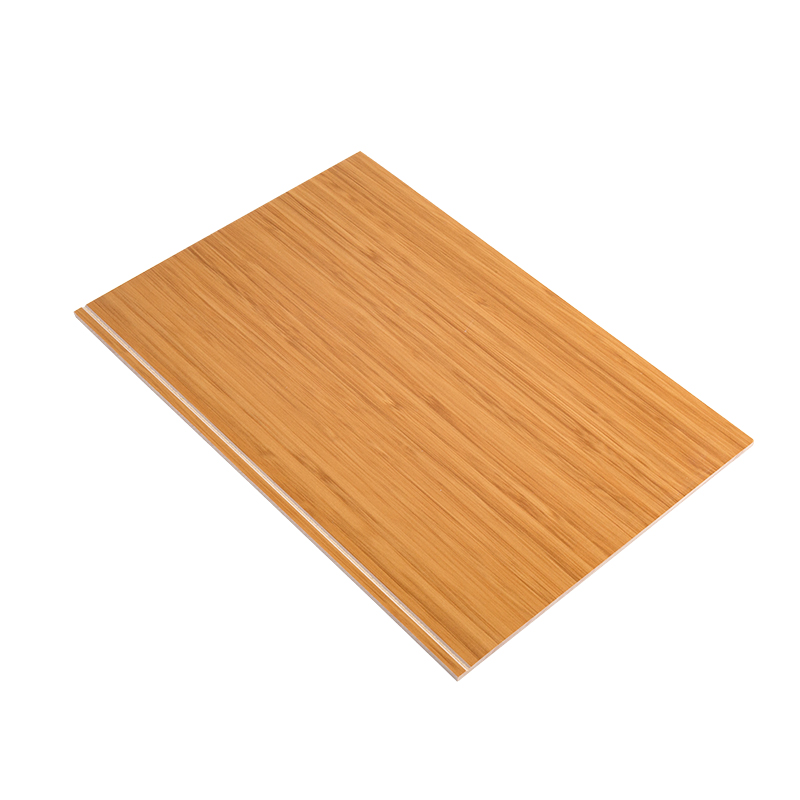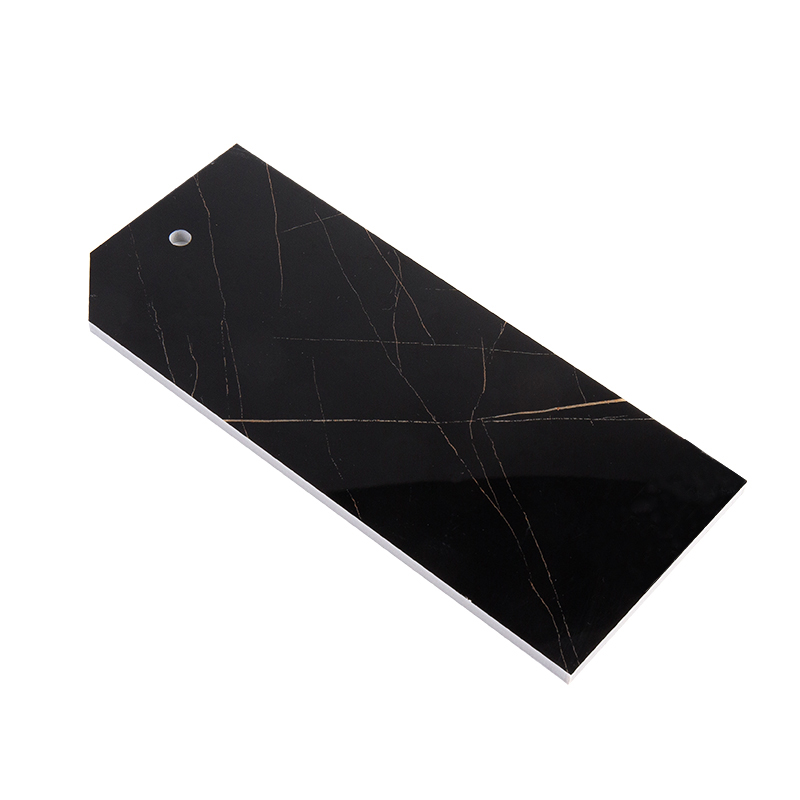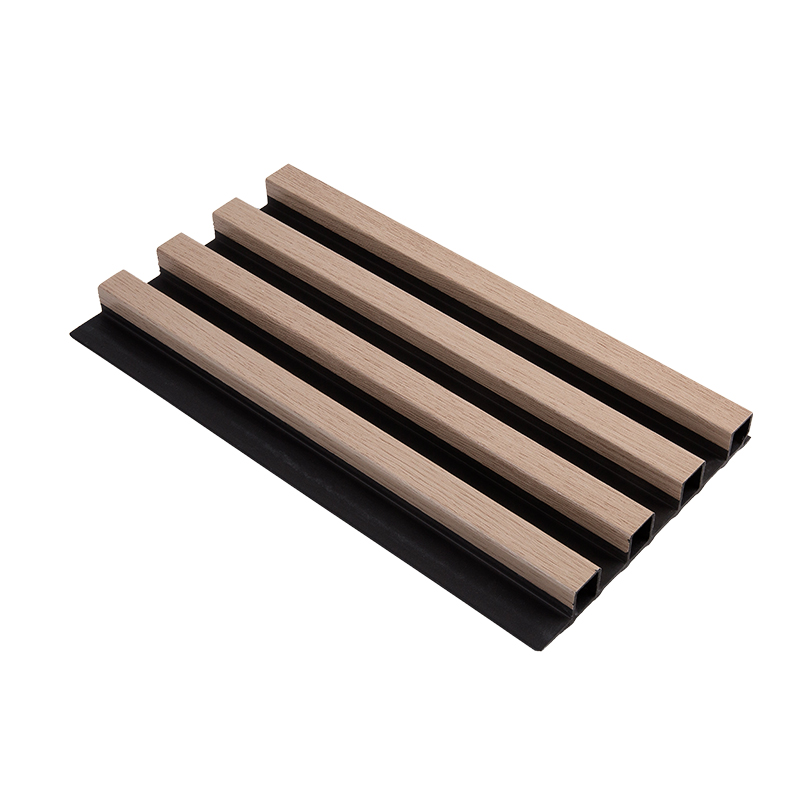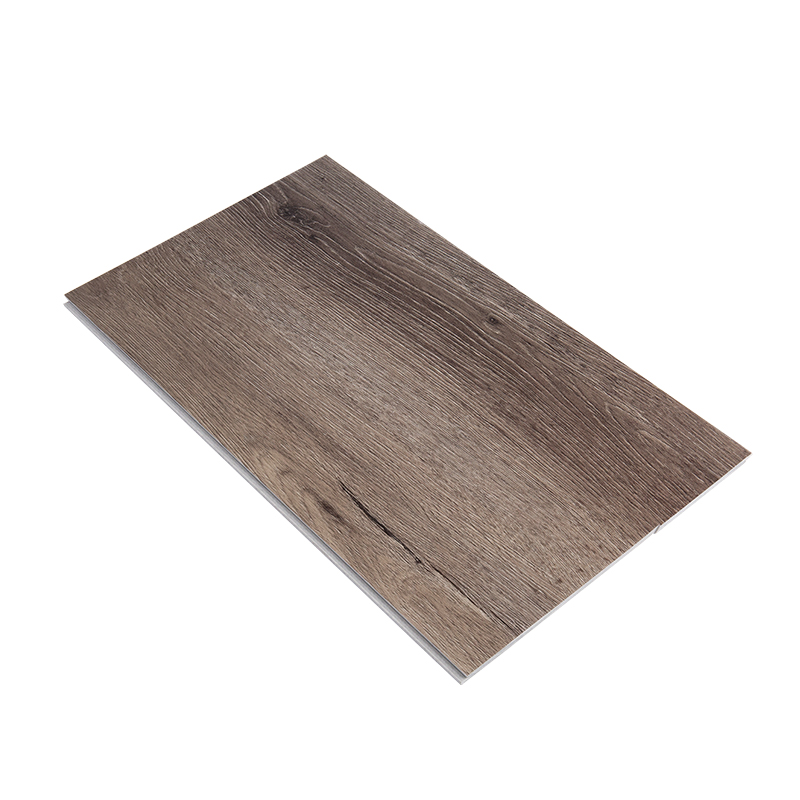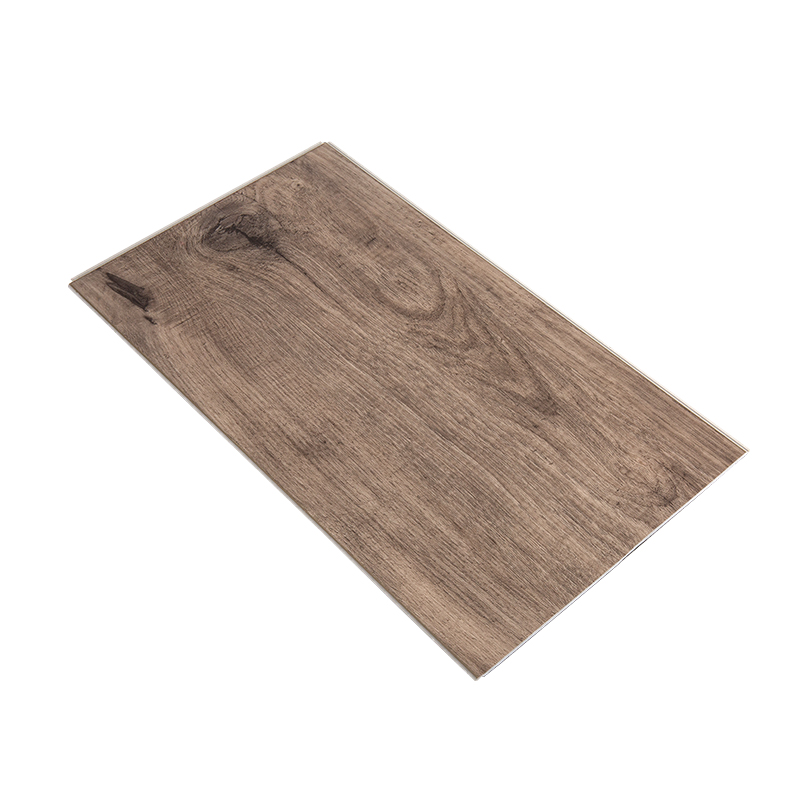+86-18367343973
- 1 Understanding SPC Flooring's Durability and Its Limits
- 2 First Response: Assessing the Type and Severity of Damage
- 3 Step-by-Step Repair Methods for Scratches and Scuffs
- 4 Advanced Repair Solutions for Deep Scratches and Gouges
- 5 When Replacement is the Only Option: Replacing a Damaged Plank
- 6 Proactive Prevention: How to Protect Your SPC Floors from Future Damage
- 7 FAQ
- 7.1 Can I use a wood floor scratch repair product on my SPC flooring?
- 7.2 What is the best way to remove black scuff marks from SPC flooring?
- 7.3 Is it normal for SPC flooring to dent from heavy furniture?
- 7.4 Will a steam mop damage my SPC flooring?
- 7.5 If I replace one plank, will the color match the rest of my floor?
While SPC (Stone Plastic Composite) flooring is renowned for its exceptional durability and resistance to everyday wear and tear, it is not entirely impervious to damage. Heavy furniture dragged without protection, sharp pet claws, or dropped heavy objects can sometimes leave their mark. Discovering a scratch or dent on your beautiful floor can be disheartening, but in most cases, it is not a catastrophe. This comprehensive guide will walk you through a systematic approach to assessing and repairing damage, from quick cosmetic fixes to more advanced SPC flooring scratch repair techniques. With the right knowledge, you can often restore your floor's pristine appearance without the need for a full replacement. Manufacturers like Haining Yunxi New Material Technology Co., Ltd. engineer their floors with robust wear layers, but understanding repair options empowers homeowners to maintain their investment for years to come.
Waterproof, moisture-proof and impact-resistant home decoration SPC flooring Thickness 5 YXSPC22950
Understanding SPC Flooring's Durability and Its Limits
To effectively address damage, it's crucial to first understand what makes SPC flooring so tough and where its vulnerabilities lie. The core strength comes from a dense composite of limestone powder and stabilizers, which provides excellent dimensional stability and resistance to indentation compared to more flexible vinyl products. However, the surface protection is governed by the wear layer—a clear, durable coating applied over the decorative layer.
- Wear Layer Thickness: The thickness of this layer (measured in mils) is a primary factor in scratch and scuff resistance. A thicker wear layer offers better protection.
- Surface Texture: Floors with an embossed or textured finish are better at hiding minor scratches and scuffs than high-gloss, smooth surfaces.
- The Force of Impact: While resistant to pressure from furniture legs, a sharp, concentrated impact from a falling knife or heavy tool can cause a dent or gouge.
- Preventive Measures: Using protective pads under furniture, keeping pet nails trimmed, and placing doormats at entrances are the best defenses against damage.
First Response: Assessing the Type and Severity of Damage
Before reaching for any repair product, take a moment to carefully evaluate the damage. The correct how to fix scratches on SPC flooring depends entirely on whether the mark is a surface-level scuff or a deeper scratch that has penetrated the decorative layer. Misdiagnosing the damage can lead to an ineffective repair or even make the problem worse.
- Surface Scuff: A light mark, often white or silver, that sits on top of the wear layer. It is usually caused by sliding chairs or debris under shoes.
- Light Scratch: A fine line that may have slightly breached the wear layer but has not removed the printed design. You can feel it with your fingernail.
- Deep Scratch or Gouge: A pronounced groove where the decorative print has been completely scraped away, revealing the core layer underneath. This requires a fill-in repair.
- Dent: A physical depression in the plank caused by a heavy, concentrated impact. The surface may or may not be broken.
Damage Assessment Guide
Use the following table to quickly diagnose the type of damage and determine the initial course of action. This is a critical first step for any repairing damaged SPC floors project.
| Type of Damage | Appearance | Fingernail Test | Initial Action |
| Surface Scuff | Discolored mark on the surface | Nail glides over it smoothly | Clean with a soft cloth and manufacturer-recommended cleaner |
| Light Scratch | Thin, visible line | Nail catches slightly | Try a vinyl floor repair marker or a color-matched putty |
| Deep Scratch/Gouge | Wide groove, core layer visible | Nail catches deeply | Requires a filler like color-matched putty or a wax repair kit |
| Dent | Depression in the plank | Surface is indented | If the surface is unbroken, a professional may be able to steam it out |
Step-by-Step Repair Methods for Scratches and Scuffs
For the vast majority of minor aesthetic damage, you can achieve remarkable results with simple, non-invasive techniques. The goal of these SPC flooring scratch repair methods is to camouflage the flaw, making it virtually invisible from a standing position. Always start with the gentlest method and proceed to more involved solutions only if necessary.
- Method 1: The Simple Clean For scuffs, often a soft microfiber cloth dampened with warm water is all that's needed. For stubborn marks, use a cleaner specifically designed for vinyl or SPC floors.
- Method 2: The Pencil Eraser A surprising but effective trick for black scuff marks from shoes or furniture is a standard white pencil eraser. Gently rub the mark until it disappears.
- Method 3: Vinyl Repair Markers/Pens These are ideal for light scratches. Select a color that matches your floor's base color (not the pattern). Apply carefully to the scratch, wipe away excess immediately with a cloth, and let it dry.
- Method 4: Color-Matched Putty For deeper scratches, a putty allows you to fill the groove. Work the putty into the scratch, level it with a plastic putty knife, and wipe the surrounding area clean before it sets.
Advanced Repair Solutions for Deep Scratches and Gouges
When a scratch is too deep for a simple marker, or you are dealing with a gouge, a more robust repair strategy is required. These methods involve filling the damaged area with a material that replicates the floor's volume and color. Success with these fixing dents in SPC flooring techniques relies on patience, a steady hand, and having the correct color match.
- Wax-Based Repair Kits: These kits often include multiple colored blocks of hard wax. You melt the wax, drip it into the gouge, and then use an included metal scraper to level it flush with the floor surface.
- Two-Part Epoxy Putty: For the most durable repairs, a color-matched epoxy putty is excellent. You knead the two parts together, press them firmly into the damage, shape it, and let it cure completely before gently sanding it level.
- Acrylic Floor Patch: Similar to putty, these are specifically formulated for flooring repairs and offer a strong, lasting bond that can withstand foot traffic.
Comparing Scratch and Gouge Repair Products
Choosing the right product is essential for a seamless repair. The following table compares the most common solutions for tackling SPC flooring damage prevention failures that have already occurred.
| Repair Product | Best For | Ease of Use | Durability |
| Vinyl Repair Marker | Light surface scratches and hairline cracks | Very Easy | Moderate (may need reapplication) |
| Color-Matched Putty | Deeper scratches and small gouges | Moderate | Good |
| Wax Repair Kit | Gouges and deep scratches where filling is needed | Moderate to Difficult | Good (can be softened by heat) |
| Two-Part Epoxy | Large gouges and damage requiring high durability | Difficult | Excellent |
When Replacement is the Only Option: Replacing a Damaged Plank
In some severe cases, such as a deeply dented plank, a large burn, or multiple damages in a concentrated area, repair may not be feasible. Fortunately, the floating installation system of most SPC flooring allows for the replacement of individual planks without tearing up the entire floor. This process, known as a "tile replacement" or "plank replacement," is the most definitive solution for repairing damaged SPC floors that are beyond cosmetic fixes.
- Identify a Replacement Plank: Hopefully, you saved some extra planks from the original installation. The batch number should match to ensure a perfect color and texture match.
- The Disassembly Process: This is the most complex part. You will need to carefully remove the baseboards/molding and then disassemble the floor, row by row, starting from the wall, until you reach the damaged plank.
- Install the New Plank: Once the damaged plank is removed, install the new one in its place, ensuring all locking mechanisms are fully engaged.
- Reassemble the Floor: Carefully put the rest of the planks back in their original order and reinstall the molding.
Proactive Prevention: How to Protect Your SPC Floors from Future Damage
The most effective repair is the one you never have to make. Implementing a robust SPC flooring damage prevention strategy will keep your floors looking new for years and minimize the need for the repair techniques discussed above. This involves a combination of daily habits and strategic home maintenance.
- Furniture Protectors: Use wide, felt-based pads under all furniture legs, and replace them when they become worn or dirty.
- Rugs and Mats: Place high-quality, non-rubber-backed doormats at all entrances and use area rugs in high-traffic zones like hallways.
- Pet Care: Keep your pet's nails trimmed regularly to minimize the potential for scratches.
- Immediate Cleanup: Wipe up spills promptly to prevent slipping and potential staining.
- Proper Cleaning: Avoid abrasive cleaners, steel wool, or beater-bar vacuum brushes, which can microscratch the wear layer over time.
FAQ
Can I use a wood floor scratch repair product on my SPC flooring?
It is generally not recommended. Many wood floor repair products, especially those containing solvents or dyes designed to penetrate real wood, may not adhere properly to the vinyl surface of SPC flooring and could cause discoloration or a sticky residue that attracts dirt. For a successful SPC flooring scratch repair, always opt for products specifically labeled for use on luxury vinyl plank (LVP), vinyl, or SPC floors. These are formulated to bond correctly with the wear layer without causing damage.
What is the best way to remove black scuff marks from SPC flooring?
Black scuff marks, often from shoes or furniture, are typically one of the easiest issues to resolve. Before using any chemical cleaner, try the gentlest methods first. A dry, clean tennis ball can sometimes rub them away due to the friction. A white pencil eraser is also highly effective. If these fail, apply a small amount of a manufacturer-approved vinyl floor cleaner to a microfiber cloth and rub gently. Avoid abrasive pads or magic erasers as a first resort, as they can dull the finish of the wear layer over time.
Is it normal for SPC flooring to dent from heavy furniture?
While SPC flooring has a high resistance to indentation thanks to its rigid stone-plastic core, it is not immune to permanent damage from extreme, concentrated pressure. The likelihood of denting depends on the weight of the furniture, the surface area of the legs, and the thickness/quality of the flooring. A heavy piano or refrigerator with small, narrow legs exerts immense pressure per square inch, which can exceed the floor's resistance. This underscores the critical importance of SPC flooring damage prevention by using wide, distributing furniture pads under all heavy items.
Will a steam mop damage my SPC flooring?
Yes, most flooring manufacturers, including Haining Yunxi New Material Technology Co., Ltd., explicitly advise against using steam mops on SPC flooring. The intense heat and moisture can break down the chemical bonds in the wear layer over time, causing it to become dull and hazy. Furthermore, if steam is forced into the seams between planks, it could potentially compromise the locking system or, in a worst-case scenario, lead to moisture being trapped underneath the floor. For routine cleaning, sweeping and damp mopping with a pH-neutral cleaner is the safest and most effective method.
If I replace one plank, will the color match the rest of my floor?
This depends on whether you have a leftover plank from the same production batch. Manufacturing dyes can have slight variations between batches, so a new plank from a different batch might not be a perfect match. This is why it is crucial to save several planks after installation for future repairs. If you don't have a matching plank, one strategy is to take a plank from a less visible area, such as inside a closet, to replace the heavily damaged one, and then use the new, non-matching plank in the closet where the discrepancy won't be noticed.
